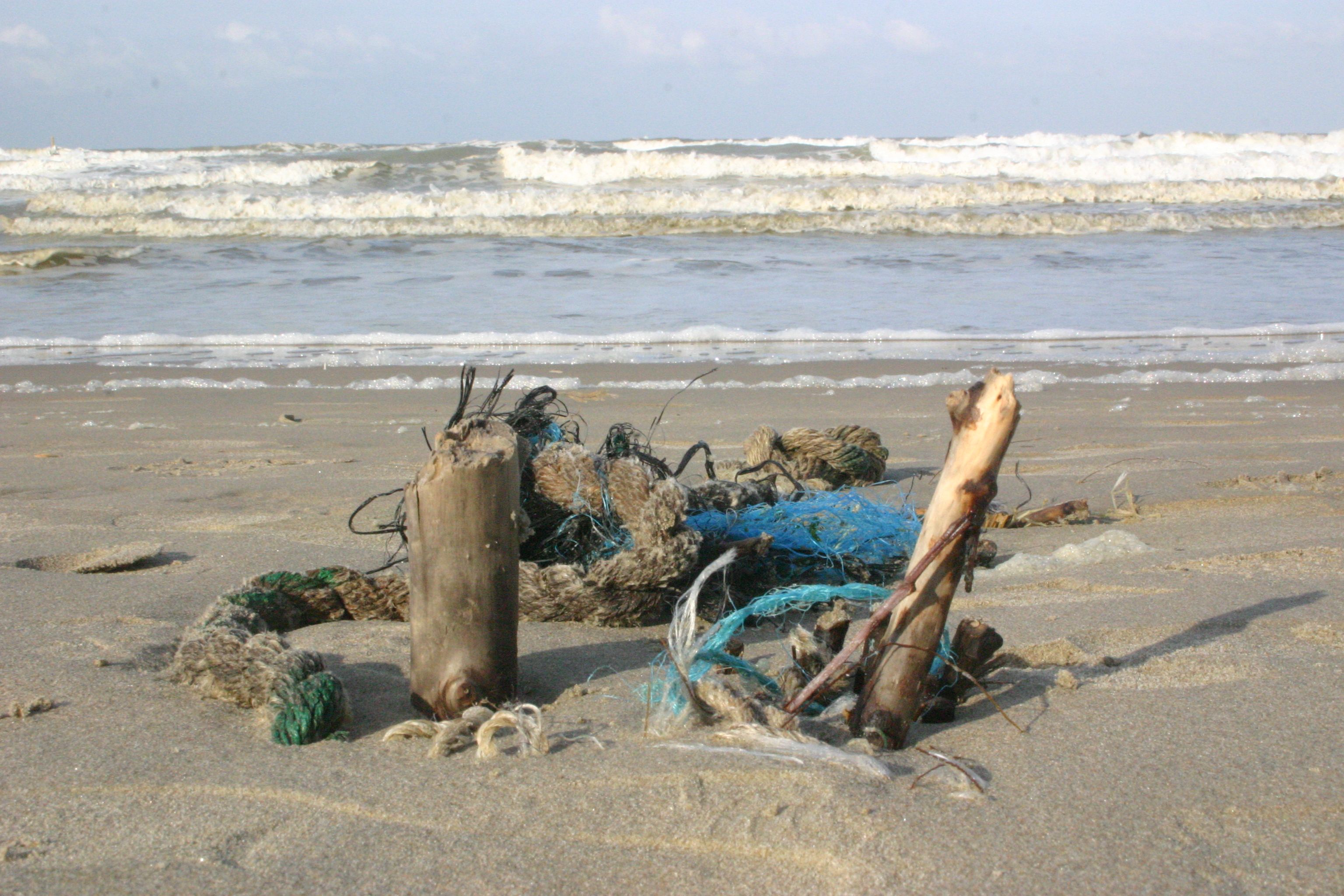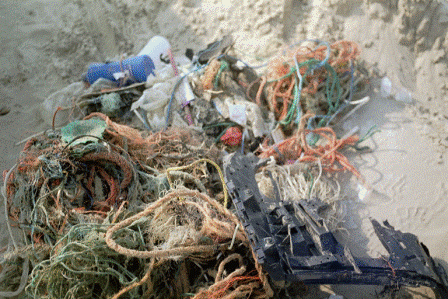Our seas and oceans are subjected to many different kinds of threats. One of these threats is marine debris. The accumulation of anthropogenic debris in the marine environment is an increasing problem worldwide. This debris is not only aesthetically displeasing, but can also be a nuisance to boaters and the shipping industry, and can adversely affect marine biota (Derraik, 2002).

Although the debris is quite variable in type, plastics account for the major part of marine litter due to their extensive use. It is estimated that plastics contribute from 60% to 80% of the total marine debris (Gregory & Ryan, 1997). Glass, metal objects and fishing nets are also found in considerable quantities (Galgani et al., 2000). The dominant types and sources of debris come from what we consume (including food wrappers, beverage containers, cigarettes and related smoking materials), what we use in transport, and what we harvest from the sea (fishing gear). In 1991 it was estimated that land-based sources account for up to 80% of the world’s marine debris pollution (GESAMP, 1991).
Despite many research and monitoring actions, the (quantitative) distribution of marine litter remains unclear. Some of the main reasons for this are:
- there is a lack of standard methods and units used to quantify the debris,
- studies almost always focus on litter in only one marine compartment (e.g. beach litter),
- to date, only a few studies have examined the occurrence and effects of micro plastics.

Moreover, while the most obvious effects on marine organisms (e.g. entanglement or ingestion) are documented, many environmental impacts are less well understood (Sheavley & Register, 2007). These include:
- source and fate of microscopic fragments/plastic fibers,
- accumulation and dispersion of toxic substances associated with (micro-) plastics,
- impact of marine debris on the species at the base of the food chain, and
- bio-transfer of pollutants associated with (micro-) plastics.
From literature it is clear that marine litter threatens Belgian marine ecosystems as well, and that further monitoring and analyses of available unprocessed data (which has been or is being collected by the three project partners) is necessary. Additionally, there is a lack of information on the distribution of floating marine litter, and litter on the seafloor. Moreover, no literature has yet been published on the presence and/or distribution of micro plastics in the Belgian environment.


